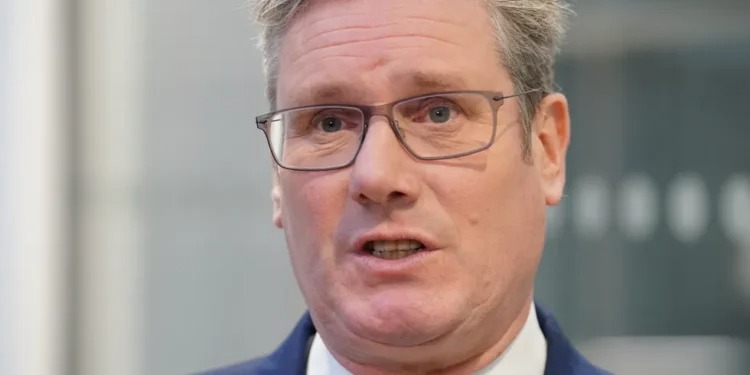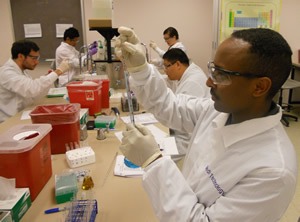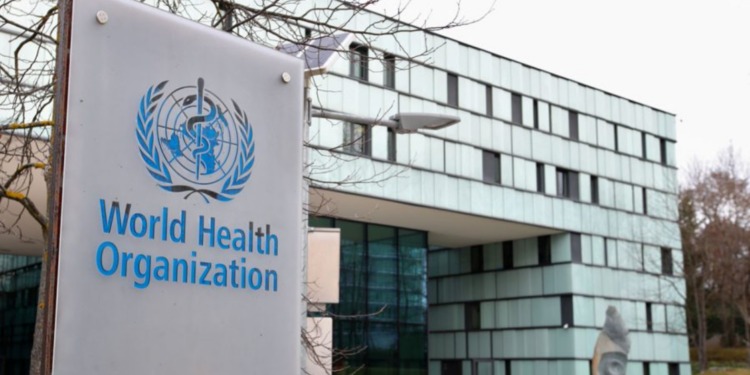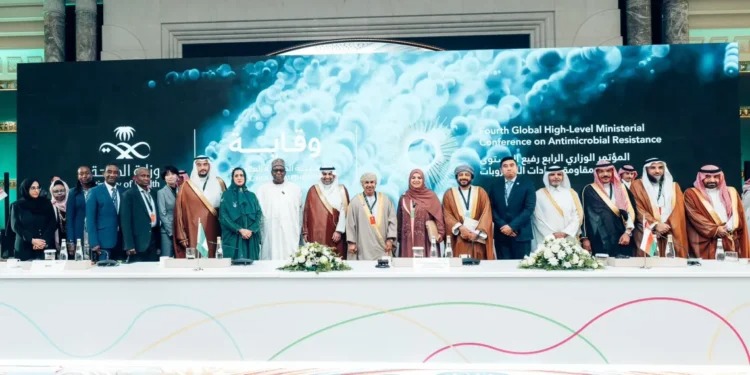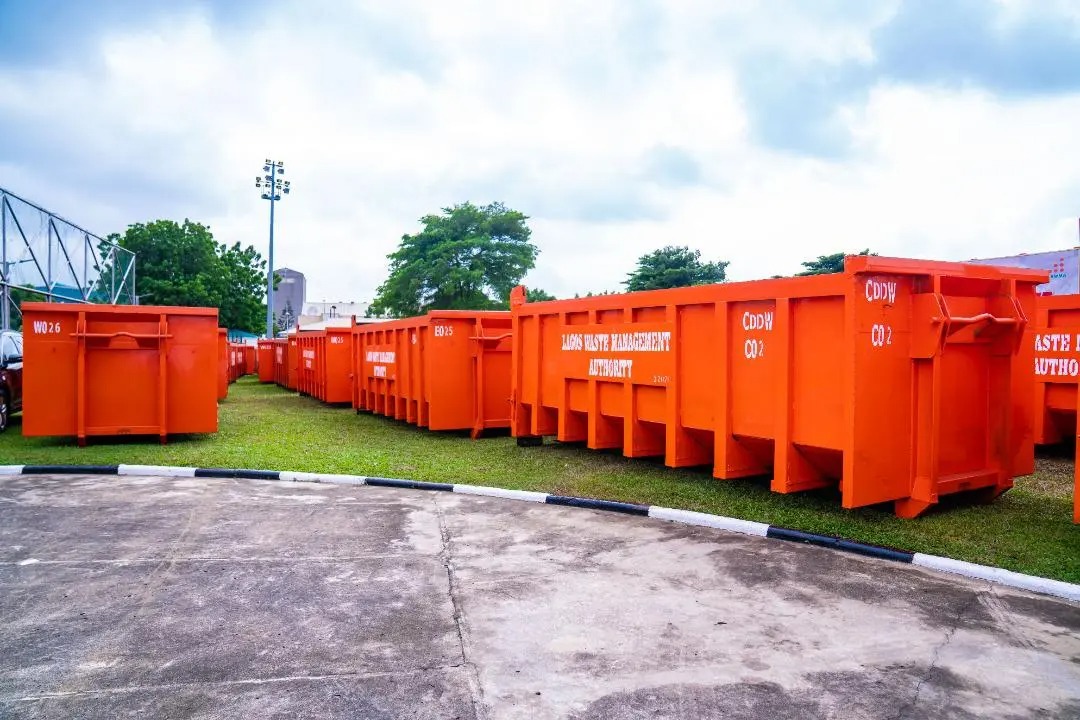Memecoins are associated with high-risk levels owing to their roots in memes and Internet humour.
Many unqualified investors typically make blunders that lead to hefty losses Despite their immense profit potential.
On-chain data showed that 15 out of 1.7 million meme coins experienced long-term success, with almost all meme coins failing in the long term
RelatedStories
It is shocking to learn that 76% of influencers advertise dead meme coins, which are tokens that have lost more than 90% of their value.
According to CoinWire report, 86 per cent of influencer-promoted meme coins saw a 10X decline in value after three months. Additionally, only 1% of influencers have been successful in promoting a meme-coin that has improved tenfold.
Here are some of the Pitfalls
Pump-and-Dump Schemes: Pump-and-Dump schemes pose a danger as they may be used to manipulate the meme coin market.
Coin promoters rely on coordinated buying to encourage people to buy the coin and then sell the coin for a profit leaving people who come after the peak with worthless coins. This happens mostly in the areas that are lightly regulated, and little transparency exists.
Extreme Volatility:
Meme coin’s price swings are well known and generally much greater than other altcoins. Their fluctuations can reach hundreds of per cent in a matter of days.
The reasons for such fluctuations usually lie not within any fundamentals but within the hype created by the community or the trend on social networks. Because of their extreme volatility and speculation power, they are extremely dangerous.
Limited Functionality: Functional benefits are non-existent for most meme coins.
For most, they are not compatible with the wider blockchain space such as DeFi networks or even offer any functionalities other than being a token that can be traded. This in turn limits their practical applicability and can hinder their usefulness in the future.
Regulatory Uncertainty: The regulatory landscape for cryptocurrencies, especially meme coins, remains unclear in many jurisdictions. New regulations or legal actions against meme coins or their platforms could lead to significant value drops or even make certain investments illegal overnight.
Market Manipulation: Memes are easier targets for market manipulation because they frequently have lower liquidity than more established cryptocurrencies.
Little investments have a big impact on prices, creating fictitious price increases or decreases that could deceive investors.
No intrinsic value
Most Meme coins lack intrinsic value and real-world utility, they are based on social media popularity, community sentiment, and frequent celebrity endorsements, and their value is purely speculative. They are prone to quick devaluation because their price is unrelated to any material asset or utility due to their lack of fundamental value.
High risk of scams and rug pulls:
Most meme coins are made by anonymous developers with no long-term development or utility in mind. Rug pulls are frequent, in which developers drop the project after raising the price.
If the creators abruptly decide to sell their holdings or the project proves to be a scam, investors may discover that a sizable portion of their investment could vanish overnight.
How to mitigate meme coins risk:
Knowledge is power as the adage goes. This statement is true especially if you decide to invest in a meme coin. One should thoroughly study every meme coin that one invests in to make an intelligent decision.
Finding facts from the documentation: Study the white paper and other official documents to understand the basic concepts and goals of the meme coin project.
A good investor always practices risk management when investing, and the same applies when investing in meme coins.
One should allocate part of their investment in meme coins to different tokens. If one or more failed, you would still have some money remaining.
In this way, one can gain from many projects assuming they are all successful. No matter how good the underlying asset is, putting all your earnings into a token is a risky decision
Conducting research: Investigate the roadmap, the technologies, the objectives of the project and its development team.
Make sure that there is a strategic alignment, and that the project is forward-looking and aspirational.
Defining profit strategy: To effectively manage risk while dealing with assets as volatile as meme coins, one should always have a profit allocation plan. The term ‘here’ refers to selling an asset once its value has risen beyond what was originally paid for it.
There are different techniques and calculations that are used to determine when the profits will be taken, however, the processes involved in all the techniques are consistent.
Conclusion
- Memecoins are perhaps the most thrilling assets in the blockchain ecosystem. Meme coins might seem absurd as investments; however, they have been effective investment vehicles in many instances. Nevertheless, meme coin investments involve risks that potential investors must understand.
- Such assets could be highly unpredictable, lack transparency and use cases, or be exposed to scams and cybersecurity threats.
- However, it is important to note that other risks need to be managed. It is basically about managing emotions in volatile markets and using correct techniques to cut losses. t
- Lastly, risk management plays an important role in investment therefore one should always have a risk and profit-taker strategy
CoinWire Memecoins Token

